Getting more hyper local is an important aspect for print media growth: Pradeep Dwivedi
The release of the Indian Readership Survey data in January this year has given a fresh impetus to the print media industry in the country. Coming after a gap of four years, the IRS 2017 data shows encouraging overall growth in the readership numbers for newspapers and magazines. According to the findings of the Report, 39 per cent of Indians (12+ years) read newspapers, and 20 per cent of all newspaper readers in 50 lakh plus population towns read newspapers online.
Adgully spoke to Pradeep Dwivedi, CEO, Sakal Media, to gauge his take on the IRS 2017 data, its implications for the print media industry in India, especially regional print media, further increasing the readership base and more. Excerpts:
What are the trends that you foresee in the print space post the launch of the IRS 2017 data?
- Regional publications are growing and will continue to grow sustainably
- Expected to continue growth for the next 8 to 10 years
- Readers may get swayed with schemes and offers on cover price, but media is a habit and they will eventually come back to their publication of comfort
- Getting more hyper local is an important aspect for growth
- Digital will play a strong role and we will see exponential growth on that front
- Sakal is at the cutting edge on that front with over a million unique readers on our e-sakal page and heavy engagement on our social media feeds as well
What should be the content strategy to expand the readership base, both offline and online?
Our unique and differentiated content engine serving different target audiences and their varied interests will be key in the future. The role of the publication is to stay neutral and present both sides of the story, which is the forte of Sakal as we have consistently refused to take sides as a conscious strategy. We continue to listen closely to our readers and share content around their preferences.
Most people today first get served with news/ information online. But to confirm, they will always refer back to the morning newspapers. In the world of fake news, it is important that readers have a publication they can trust, and this is what we have been doing over the years.
How are you going to further fortify your marketing and distribution efforts?
We have over 2,000 writers across the length and breadth of Maharashtra contributing to Sakal. At the same time, we have a strong team looking at distribution in those geographies.
There is always a swing effect when other publications drop their cover price or offer gifts/ freebies, therefore discounting their titles, but as a policy, Sakal will never do anything on those lines as we take a lot of pride in the content that we create. What we have seen is that we do get impacted for a few months, but those readers come back to Sakal as the competitor title comes to them for free.
On the marketing front, we have many initiatives to engage our audiences, for instance, the Chitra Kala Pratispadha where we have 7 to 8 lakh children participating every year. This has been going on for the last 15 to 20 years and is something that every child looks forward to every year. In addition, we organise many events for the real estate, retail, education, and other sectors for business promotion of our clients.
We have started the Sakal Beauty of Maharashtra contest this year and the response has been tremendous. We are very enthused by the participation across key cities around Maharashtra.
Our networks such as Tanishka for women and YIN for youth continue to bring positive impact across communities.
We will have many more such engagement points to ensure we are in touch with the needs of our audiences and stay engaged via print as well as offline with them.
How do you view the spurt in the younger reader base?
We will have to engage them differently and as we approach a century mark for Sakal. We have been doing so and staying relevant for the last 86 years. Our digital footprint continues to grow and we will be making substantial investments on this front.
Will the IRS numbers lead to higher OTS?
We believe that the strength of the medium will be appreciated better by advertisers now and an increased frequency of utilisation of print medium will have a direct positive bearing on OTS. If you look at Maharashtra, we have substantive leadership in circulation as per ABC Reports (January-June 2017), and in critical markets like Pune, this undisputed domination of our reach is supplemented by our IRS 2017 AIR numbers, which is the key metric for determining OTS.
What is your take on magazine readership going up as per the IRS 2017 data, especially regional magazine readership?
We have specific magazines catering to varied interest groups. This will continue to grow well. Within Maharashtra, the combined readership of our two magazines (Saptahik Sakal and Tanishka) put together is higher than any other magazine, giving us an absolute leadership of this segment too.


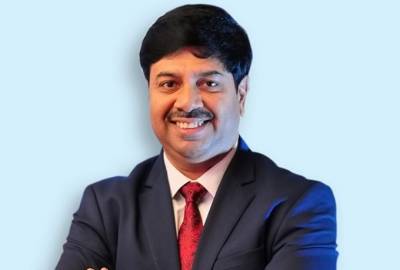

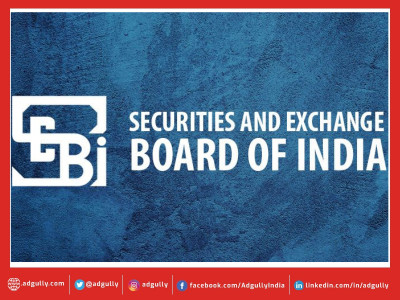

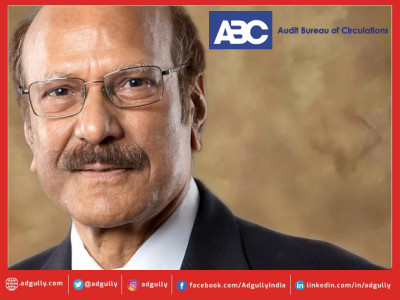
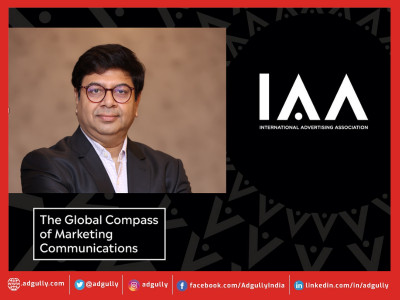
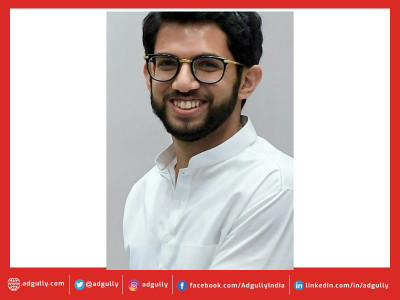
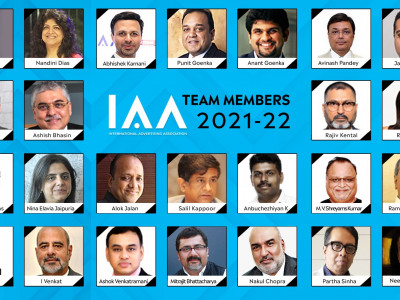
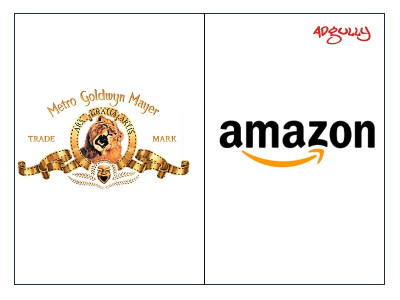



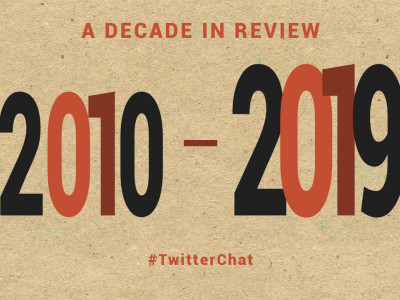

Share
Facebook
YouTube
Tweet
Twitter
LinkedIn